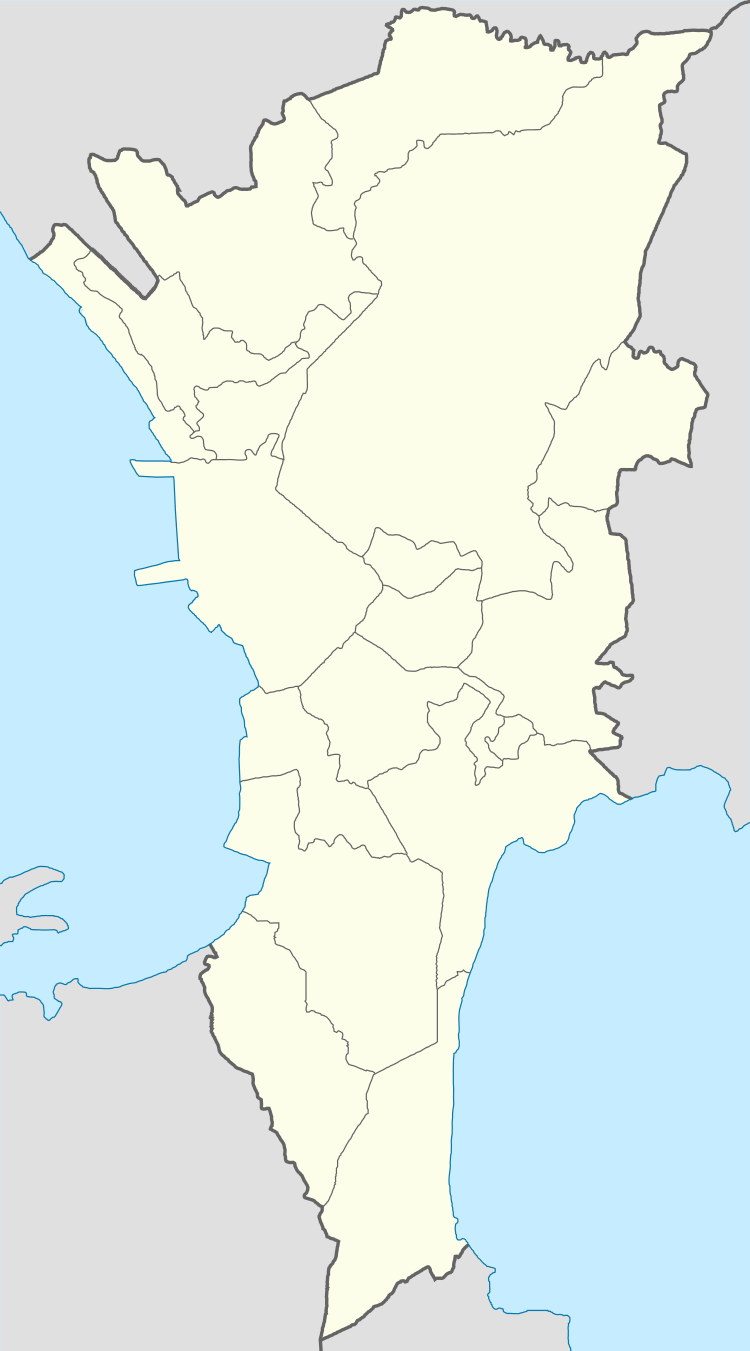El Hogar Filipino Building
| El Hogar Filipino Building | |
|---|---|
|
Close up of El Hogar Building | |
 Location within the Metro Manila | |
| Alternative names | El Hogar |
| General information | |
| Status | Abandoned |
| Architectural style | Neoclassical and Renaissance |
| Address | Juan Luna Street corner Muelle dela Industría, Binondo |
| Town or city | Manila |
| Country | Philippines |
| Coordinates | 14°35′46″N 120°58′32″E / 14.59611°N 120.97556°ECoordinates: 14°35′46″N 120°58′32″E / 14.59611°N 120.97556°E |
| Opened | 1914 |
| Design and construction | |
| Architect | Ramon Irureta-Goyena and Francisco Perez-Muñoz |
El Hogar Filipino Building, also known simply as El Hogar, is an early skyscraper in Manila, Philippines. Built in 1914 and located at the corner of Juan Luna Street and Muelle dela Industría in the Binondo district, El Hogar Building was designed by Ramon Irureta-Goyena and Francisco Perez-Muñoz in the Beaux-Arts style. Its architecture reflects elements of Neoclassical and Renaissance styles.
El Hogar Building was built as a wedding present of Antonio Melian y Pavia, 3rd Count of Peracamps to his bride Margarita Zobel de Ayala, sister of Enrique Zobel de Ayala in 1914. During its heyday, El Hogar Building housed the Sociedad El Hogar Filipino, a financing cooperative founded by Don Antonio Melian, and the offices of Smith Bell and Co.[1]
It survived World War II and a number of earthquakes and is one of two remaining American-era structures in the area facing the Pasig River. Right across Juan Luna Street, on its northern front, is another important edifice, the Pacific Commercial Company Building or commonly known as the First National City Bank Building which was built in 1922.
The value of the building is its architecture, which is a representation of American period design, materials, and construction method. El Hogar is a representation of the architecture of business establishments of that era. It also has a collective value as one of the significant structures within the historic Binondo district and Escolta Street, along the cultural landscape of the Pasig River.[2]
References
- ↑ Sembrano, Edgar Allan. "El Hogar to be torn down?". Retrieved February 17, 2014.
- ↑ "NHCP Encourages Adaptive Reuse of El Hogar Building in Binondo". Retrieved March 11, 2014.